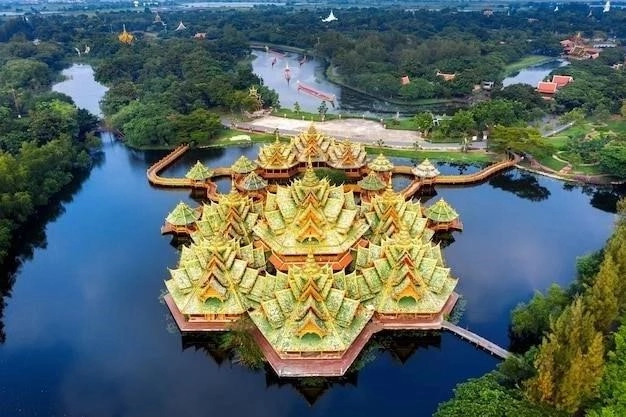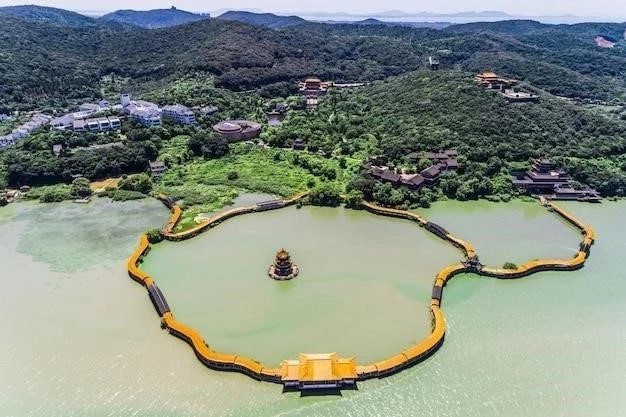The Grand Mosque of Niamey
The Grand Mosque of Niamey, a striking landmark and the largest mosque in Niger, dominates the city’s skyline. Its towering minaret offers panoramic views of Niamey. Visitors are welcome to admire the mosque’s impressive architecture from the outside. Please note that non-Muslim visitors are generally not permitted inside the main prayer hall.

National Museum of Niger (Musée National du Niger)
The National Museum of Niger, housed in a fascinating traditional-style building, offers a comprehensive introduction to the rich cultural heritage of Niger. Its diverse collection showcases the country’s archaeology, ethnography, art, and natural history.
Notable exhibits include:
- Ancient dinosaur skeletons, a testament to Niger’s prehistoric past.
- Traditional artifacts representing the diverse ethnic groups of Niger, including the Tuareg, Hausa, and Fulani peoples.
- Exhibits dedicated to Nigerien music and crafts.
The National Museum of Niger provides visitors with a greater understanding of Niger’s cultural identity within the context of West Africa.

Parc W du Niger
Parc W du Niger, a UNESCO World Heritage Site shared with Benin and Burkina Faso, offers a remarkable opportunity to experience the biodiversity of West Africa. This vast national park, named for the distinctive “W” shape of the Niger River, encompasses diverse ecosystems, including savannas, woodlands, and riparian forests.
Key attractions within Parc W du Niger include:
- A diverse array of wildlife, including elephants, lions, leopards, cheetahs, giraffes, hippos, and numerous bird species.
- Opportunities for guided game drives, nature walks, and birdwatching excursions.
- Traditional villages located within the park, offering insights into the local cultures that coexist with the natural environment.
A visit to Parc W du Niger is an unforgettable adventure for nature enthusiasts and wildlife photographers.

Niamey Artisanal Center
The Niamey Artisanal Center, a vibrant hub of creativity and craftsmanship, offers a unique glimpse into Niger’s artistic traditions. Within this bustling center, visitors can observe skilled artisans at work, creating intricate handicrafts using time-honored techniques passed down through generations.
The Artisanal Center features a wide array of handcrafted goods, including:
- Intricately woven textiles, including colorful Tuareg mats, carpets, and blankets.
- Beautifully crafted leather goods, such as bags, sandals, and belts.
- Exquisite silver jewelry, often adorned with traditional Tuareg motifs.
- Hand-carved wooden masks and sculptures, reflecting the cultural traditions of Niger’s diverse ethnic groups.
The Niamey Artisanal Center offers visitors the opportunity to purchase unique souvenirs directly from the artisans, supporting local craftsmanship and preserving traditional art forms.
Grand Marché
The Grand Marché, Niamey’s largest and most vibrant market, offers a captivating immersion into the sights, sounds, and smells of daily life in Niger. This sprawling market is a sensory overload, with vendors selling a vast array of goods, from fresh produce and spices to clothing, electronics, and handicrafts.
A visit to the Grand Marché provides a unique opportunity to:
- Experience the bustling energy of a traditional African marketplace.
- Discover local culinary traditions by sampling street food or purchasing fresh ingredients.
- Find unique souvenirs and handcrafted goods, often at bargain prices.
- Observe the vibrant social interactions and bargaining customs of Nigerien culture.
Navigating the Grand Marché can be an adventure in itself. Visitors should be prepared for crowds, engage in friendly bargaining, and dress modestly out of respect for local customs.

Niger River
The Niger River, the lifeblood of Niamey and the longest river in West Africa, offers a serene escape from the bustling city. Flowing gracefully through the heart of Niamey, the river provides a picturesque backdrop to daily life and offers opportunities for relaxation and recreation.
Visitors can enjoy a variety of experiences along the Niger River, including:
- Scenic boat trips, offering stunning views of the city skyline, traditional fishing boats, and lush riverbanks.
- Relaxing strolls along the riverfront promenade, enjoying the fresh air and observing local life.
- Witnessing traditional fishing techniques practiced by local fishermen, a testament to the river’s importance as a source of livelihood.
- Dining at riverside restaurants, savoring local cuisine while enjoying panoramic river views.
The Niger River is an integral part of Niamey’s identity, offering both scenic beauty and a glimpse into the city’s cultural connection to the natural world.

Musée de Traditions Populaires
The Musée de Traditions Populaires, housed in a charming colonial-era building, offers a captivating journey into the heart of Nigerien folk traditions and cultural heritage. The museum’s collection showcases the diversity and richness of Niger’s ethnic groups through a variety of artifacts and exhibits.
Visitors to the Musée de Traditions Populaires can explore:
- Traditional costumes and textiles, representing the unique styles and craftsmanship of different Nigerien communities.
- Musical instruments, masks, and ceremonial objects, providing insights into the rituals and celebrations of Nigerien culture.
- Exhibits dedicated to traditional agriculture, hunting practices, and daily life in rural Niger.
- Historical photographs and documents, offering glimpses into the evolution of Nigerien society and traditions over time.
The Musée de Traditions Populaires is a must-visit for those seeking to deepen their understanding of Niger’s cultural tapestry and the traditions that continue to shape its identity.

Presidential Palace
The Presidential Palace in Niamey, a stately and imposing structure, stands as a symbol of Niger’s government and national identity. While the palace itself is not open to the public for tours, visitors can admire its grand architecture from the outside.
Key features of the Presidential Palace include:
- Its impressive facade, often adorned with the Nigerien flag and featuring intricate architectural details.
- The surrounding gardens, meticulously maintained and offering a glimpse of serenity within the bustling city.
- The presence of security personnel, a reminder of the building’s significance.
A visit to the Presidential Palace provides an opportunity to appreciate the grandeur of Niger’s seat of government and its architectural presence within the cityscape.

The Kennedy Bridge
The Kennedy Bridge, a vital transportation artery and iconic landmark in Niamey, spans the Niger River, connecting the city center to the southern districts. This bridge, named in honor of former US President John F. Kennedy, serves as a symbol of progress and connectivity for Niamey.
Visitors to the Kennedy Bridge can enjoy:
- Panoramic views of the Niger River, offering a unique perspective of the city and its surroundings. The bridge provides an excellent vantage point for observing the flow of the river, traditional fishing boats, and the lush vegetation along the banks.
- Opportunities to witness the bustling activity of Niamey’s river traffic, as boats transport goods and people across the Niger River. The bridge offers a glimpse into the daily rhythms of life along this vital waterway.
- A leisurely stroll or bike ride across the bridge, enjoying the fresh air and the sights and sounds of the city. The bridge connects to pedestrian walkways and bike paths along the riverbanks, providing a pleasant setting for exercise or relaxation.
The Kennedy Bridge stands as a testament to Niamey’s growth and its connection to the wider world.










